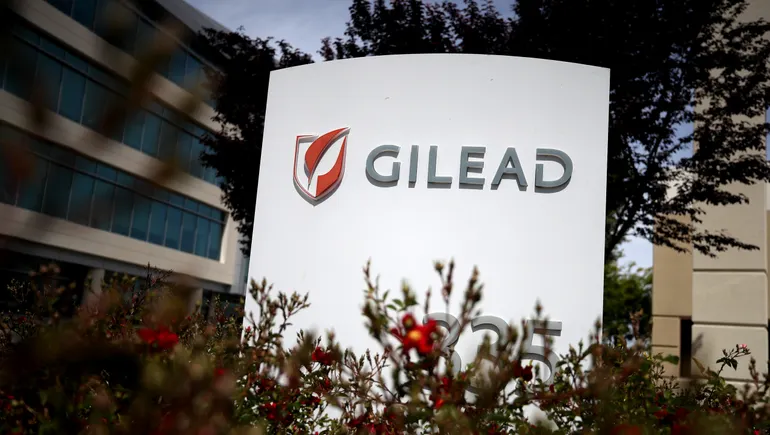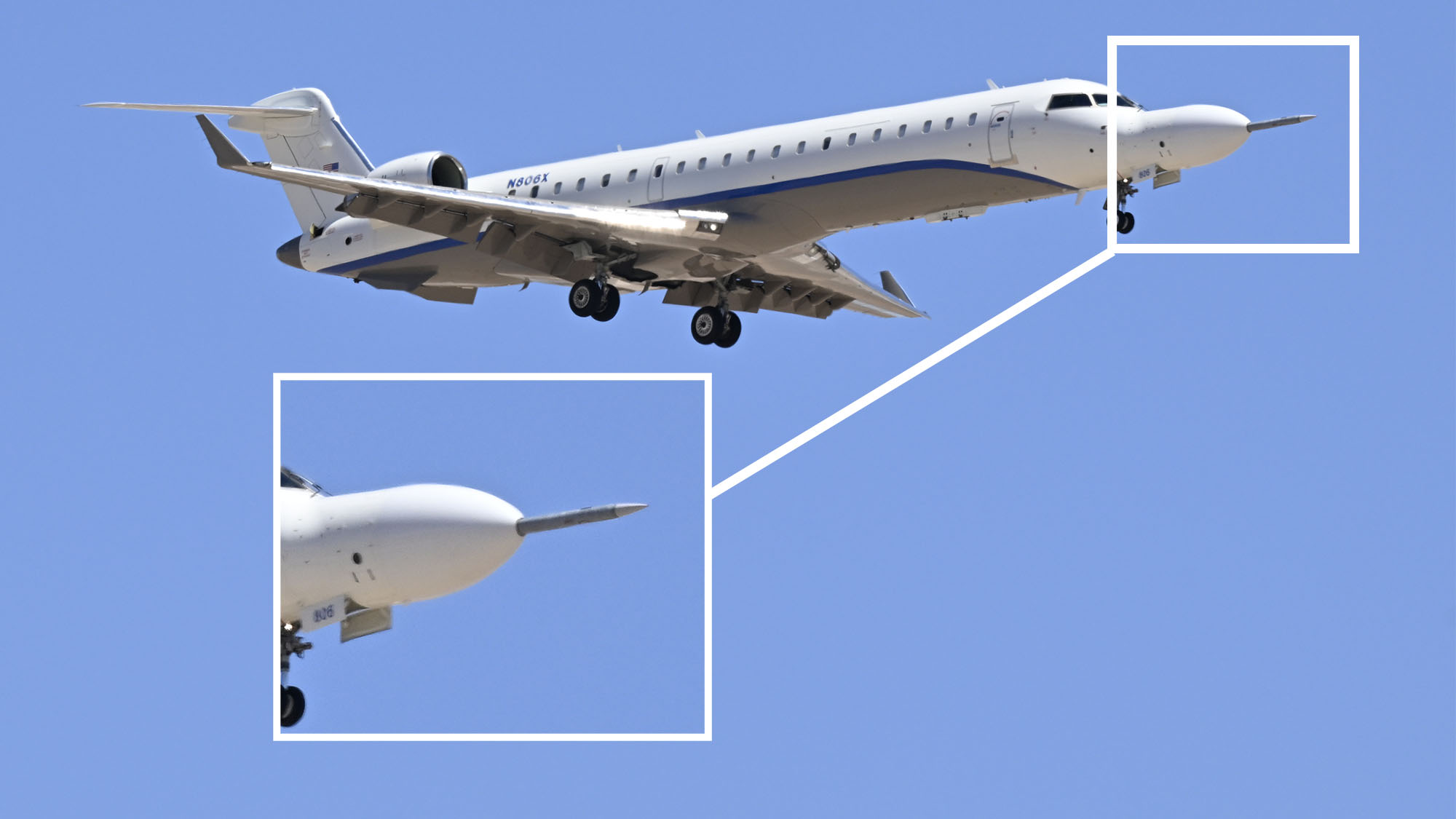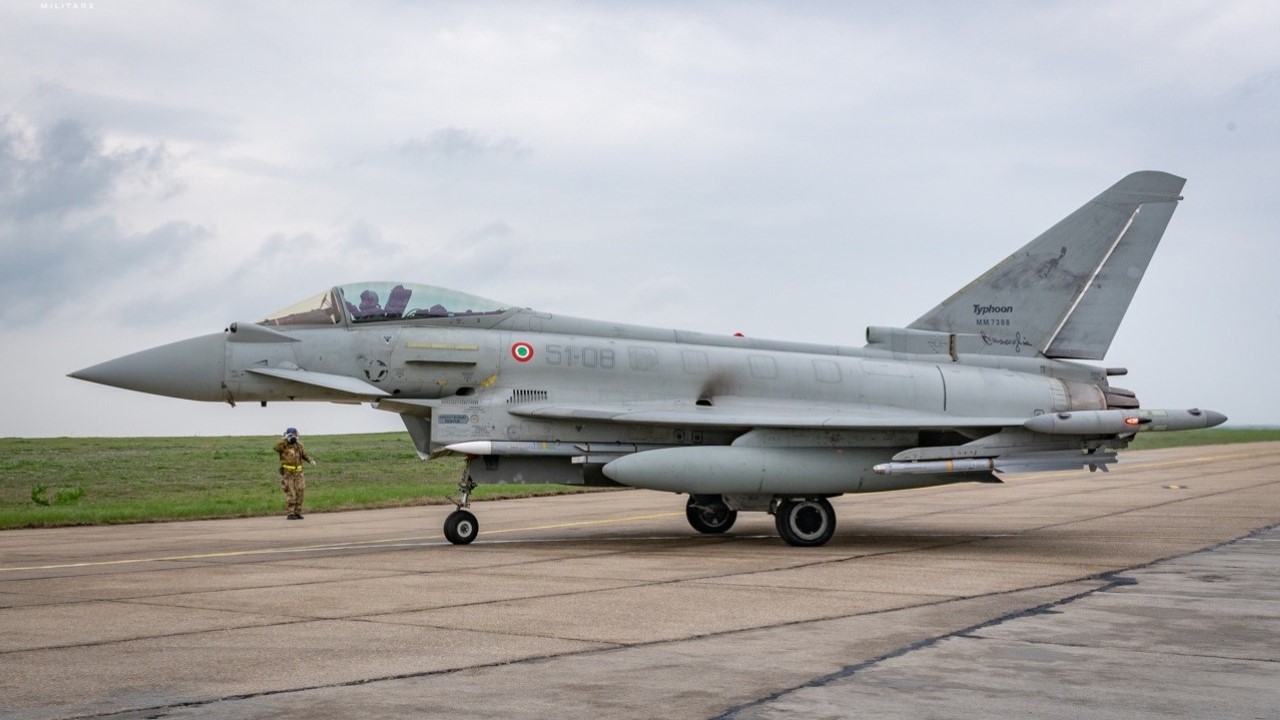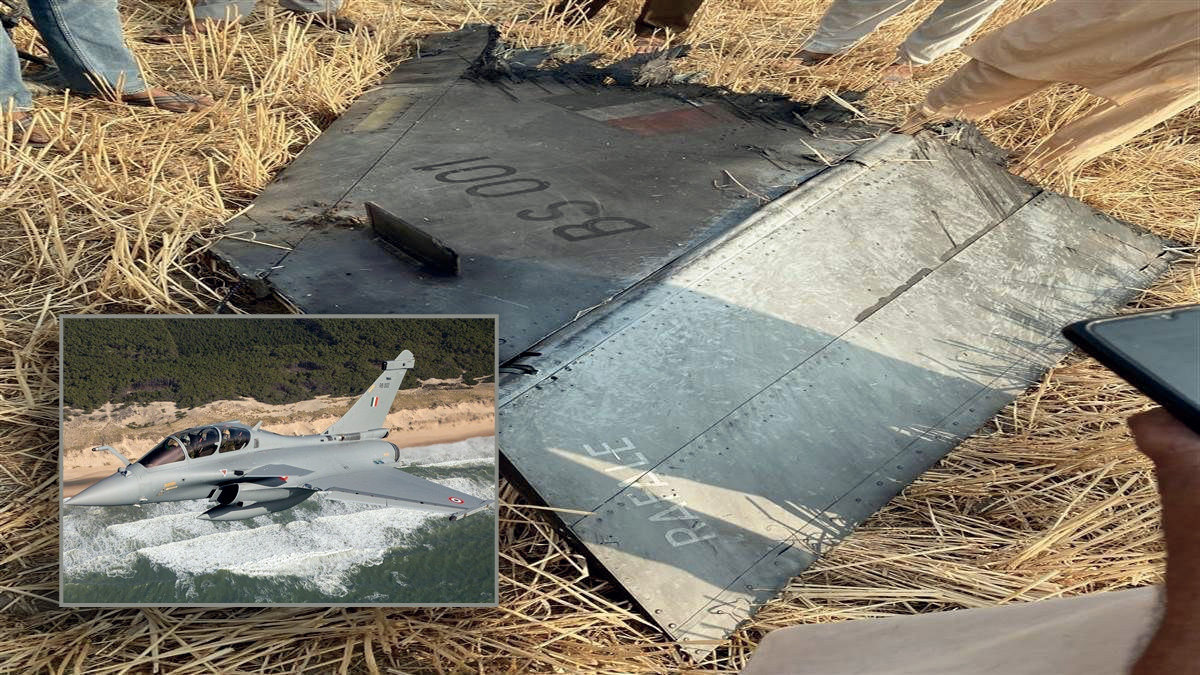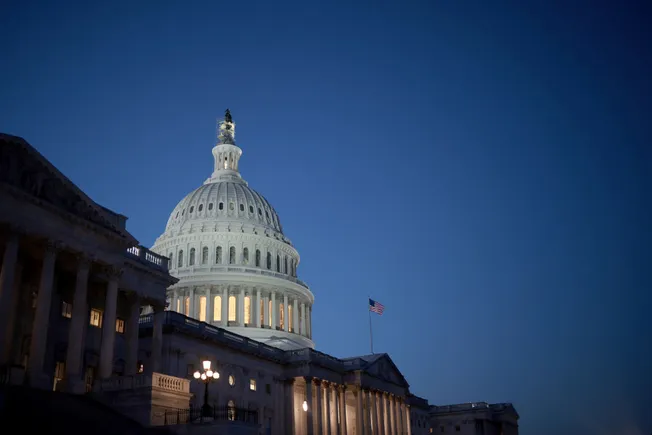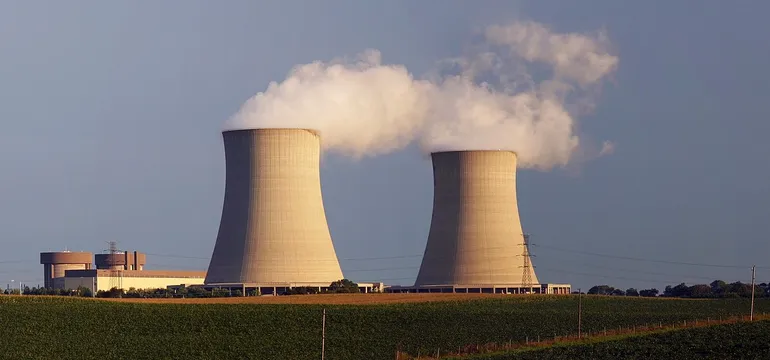Pentagon to deliberate splitting E-6B mission set, handing back key nuclear C2 role to Air Force
The Joint Requirements Oversight Council will make the decision on which service is best able to carry out the Looking Glass responsibility, but the Pentagon “has not backed away from that mission at all,” according to Air Force Lt. Gen. Andrew Gebara.


An E-6B Mercury assigned to the Strategic Communications Wing 1 at Tinker Air Force Base approaches a KC-135 Stratotanker assigned to the 92nd Air Refueling Wing during an aerial refueling mission over Oregon, Feb. 28, 2025. (U.S. Air Force photo by Airman 1st Class Megan Delaine)
WASHINGTON — The Defense Department is considering separating missions currently performed by the E-6B Mercury command post, military officials said Wednesday, a development that could lead the Air Force to start a new aircraft program focused on command and control of the nation’s nuclear assets.
Since 1998, the Navy has flown the E-6B in support of two missions: retaining communication between the National Command Authority and ballistic missile submarines — a mission known as TACAMO, or “Take Charge And Move Out”— and the ability to launch intercontinental ballistic missiles from the air if launch systems on the ground are destroyed, a role historically known as Operation Looking Glass.
However, all of that could change as the Joint Requirements Oversight Council deliberates whether to split up the missions, allowing the Navy to do the TACAMO mission set focused on submarines and handing back the Looking Glass mission to the Air Force, defense officials told members of the House Armed Services strategic forces subcommittee during a Wednesday hearing.
“Recently, there was a meeting held inside the department … looking at that mission and supporting a transfer of that mission to the Air Force,” said Brandi Vann, who is currently performing the duties of the assistant secretary of defense for nuclear, chemical, and biological defense programs. “My understanding is that is now going to a JROC council discussion, and if supported, it will be officially transferred over to the Air Force and stood up as a mission set.”
Lt. Gen. Andrew Gebara, the Air Force’s deputy chief of staff for strategic deterrence and nuclear integration, said that the JROC will make the decision on which service is best able to carry out the Looking Glass responsibility but that the Pentagon “has not backed away from that mission at all.”
“If the Air Force is that service, then we will move out on that program,” he said. “The commitment of the Navy has been that they’re going to continue that mission until properly relieved.”
Vice Adm. Johnny Wolfe, the director of the Navy’s Strategic Systems Programs Office, added that Navy is engaged on how to meet the requirements of both missions “until that ultimate decision is made and those responsibilities move.”
In December, the Navy awarded a $3.5 billion contract to Northrop Grumman for the next-generation of TACAMO planes, known as the E-130J. The company will modify Lockheed Martin C-130J-30s — a stretched version of the ubiquitous military cargo plane — with mission systems such as Collins Aerospace’s Very Low Frequency communications system, which allow the plane to communicate with subs deep below the ocean’s surface.
“The E-130J will relieve the E-6B of the TACAMO mission,” the Navy said at the time.
Should the JROC transfer the Looking Glass mission to the Air Force, the service will have to decide how best to replace the aging E-6s, a modified version of the Boeing 707 jetliner that had its heyday in the 1960s.
No decisions have been made, but one option is for the Air Force to start a new aircraft program to handle the Looking Glass mission, Gebara told Breaking Defense after the hearing.
“There has been a trade space study ongoing through US Strategic Command for the last few months that are looking at various options. One option is a different airplane,” he said. “There’s other options available, and we’ll see what the JROC comes up with.”





































































